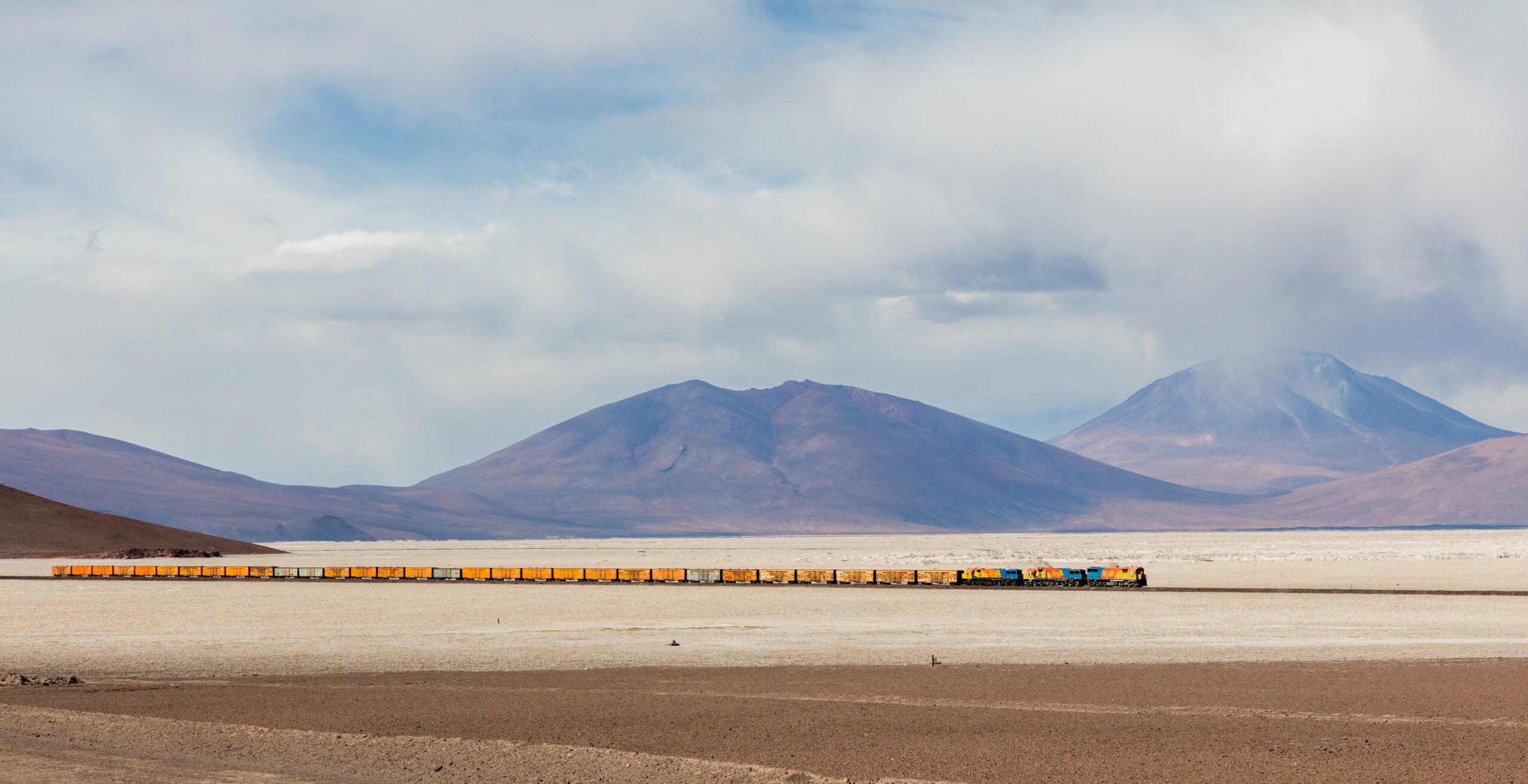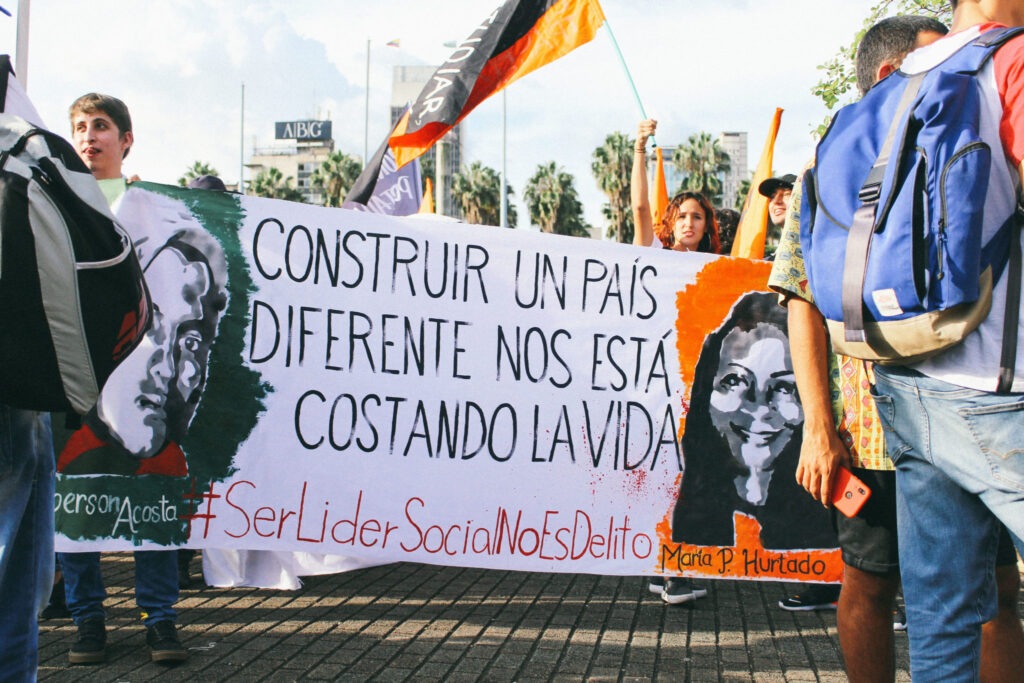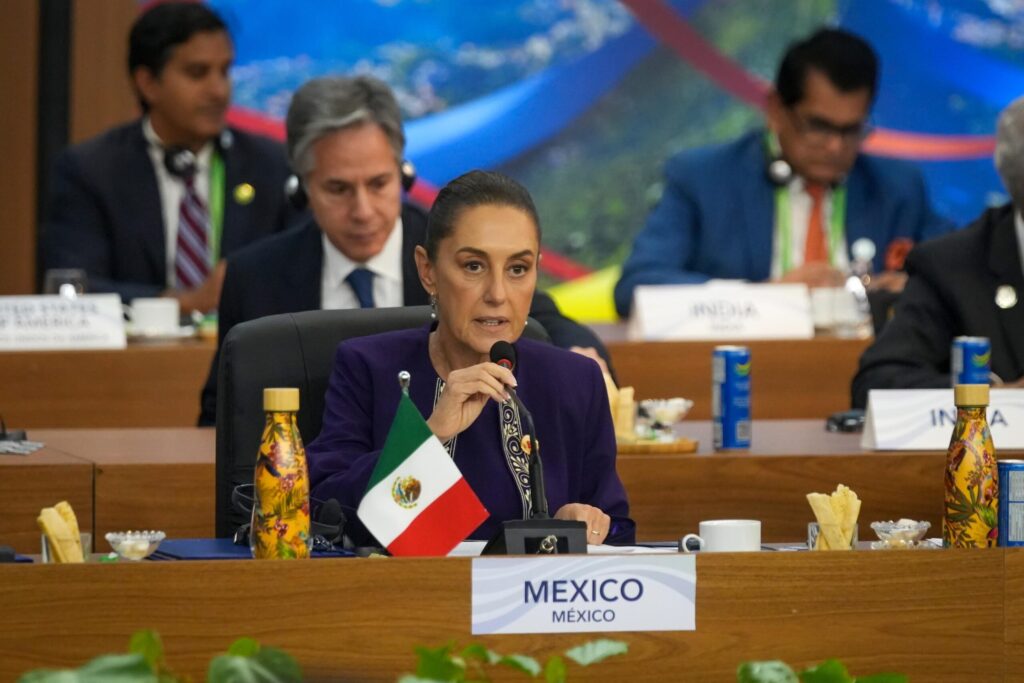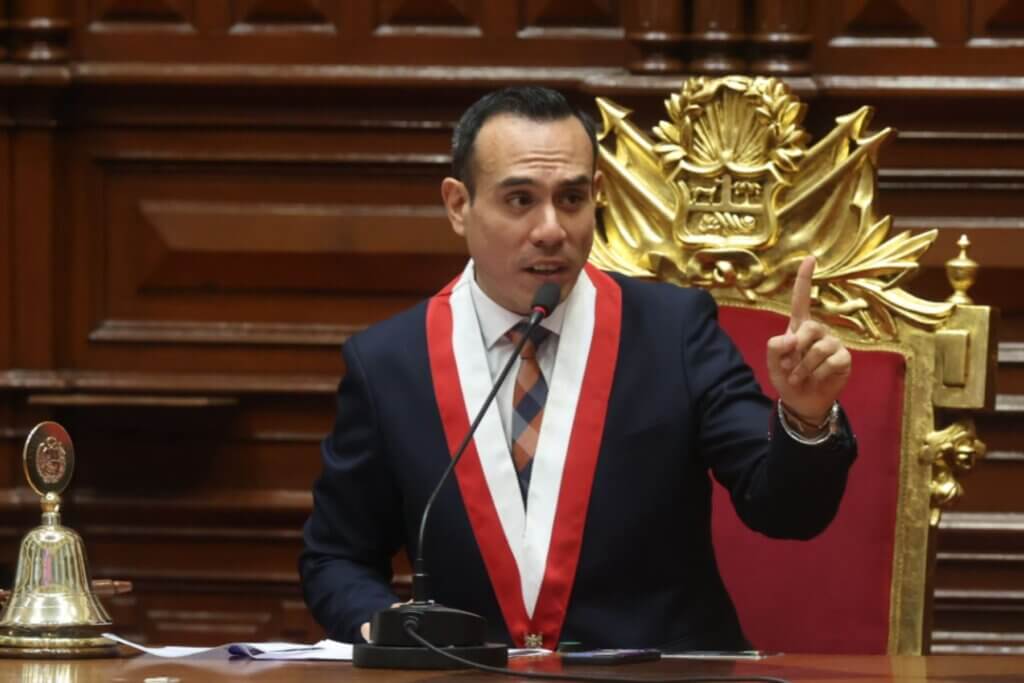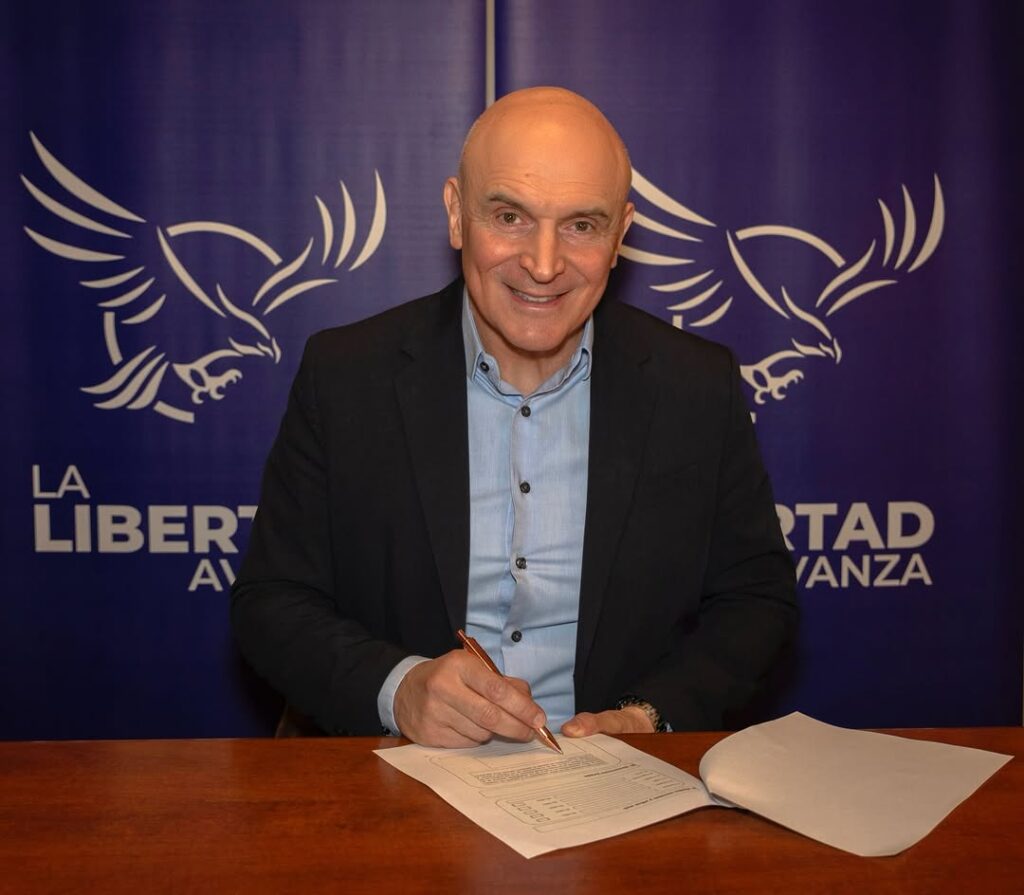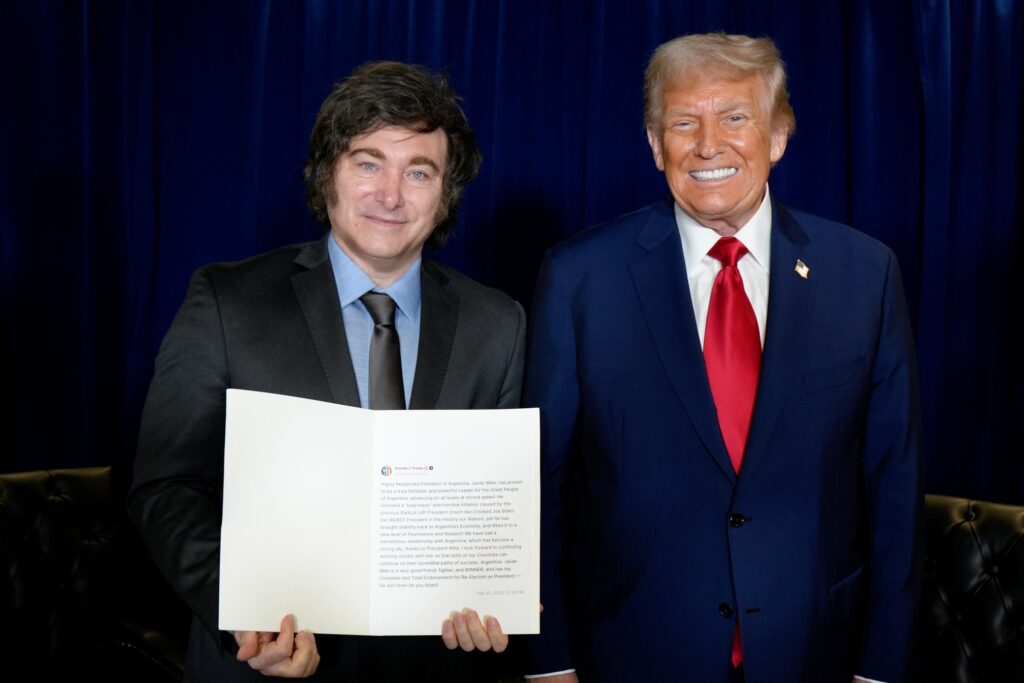Indigenous communities in northern Chile gathered on April 10 and 11 for consultations over new mining projects planned for the Ascotán and Quiborax salt flats. The meetings, part of the state’s preparation process, were confirmed by Ramón Balcazar, director of Fundación Tanti, a non-profit organization working to promote agroecology in Chile.
The consultations follow the provisions of Article 15 of Supreme Decree No. 66 of 2013 which dictates the government must consult Indigenous communities if projects will affect them. Yet Balcazar believes this meeting is largely performative on the state’s part.
“In none of these cases are communities really being asked whether they accept lithium mining or not,” he argues. “It’s a decision already made by the government, which excluded these two salt flats from the ‘Protected Salt Flats Network.'”
The consultations are part of Chile’s ambitious National Lithium Strategy, which aims to boost state revenue by opening 26 lithium-rich salt flats to domestic and international exploitation. Lithium, essential for electric vehicle batteries and renewable energy storage, has been dubbed “white gold” for its increasing value in a decarbonizing world.
Among the first projects is a partnership between state-owned Codelco, Quiborax, and Eramet who hope to start exploiting lithium in the Ascotán salt flat.

The government has argued it recognizes the environmental sensitivity of the area which is home to unique ecosystems, as well as a large Indigenous community who are said to have a strong connection to the flats. The creation of a new national lithium institute, ILiSa, has pledged to play a crucial role in developing sustainable methods for lithium extraction that respect both the wildlife and residents.
But Fundacion Tanti remains skeptical. They warn of potential spills and aquifer contamination that could affect the protected Quebrada Ojo de Opache, situated downstream from the proposed mining site.
A significant issue with the state’s new project is that it is running alongside other mining initiatives in the region, which Balcazar worries will intensify the environmental impacts.
The Ascotan project coincides with a US$7.5 billion expansion of the El Abra copper mine that is also underway as part of a joint venture between Codelco and Freeport. The El Abra mine already uses the Ascotán flats as its river basin.
“There’s a perpetual problem with environmental impact assessments: they only look at the effect of a single facility,” Amanda Maxwell, Managing Director at Natural Resources Defense Council, told Latin America Reports. She feels there needs to be consideration of their collective effects on fragile ecosystems.
When multiple projects are concentrated in a single area causing extreme environmental harm, they create what are known as “sacrifice zones”. Chile currently has five of these industrial regions, where communities bear disproportionate health burdens.
Sandra Cortes, from the Public Health Department of Chile’s Catholic University, led research in the nearby sacrifice zone of Tocopilla finding that the risks of dying from cerebrovascular diseases and lung cancers among residents were several times higher than the national average.
Balcazar is calling for a more holistic assessment of the Ascotan and Abra mining projects to prevent the same fate for the indigenous communities he represents.
The issue with creating such comprehensive assessments, which Amanda says can be about 800 pages long and need to be reviewed by someone with technical expertise, is that they slow down productive capacity. Permits have caused backlash from the mining industry who are calling for a streamlining of the bureaucratic process.
María José Vidal Olmedo, a lawyer specializing in mining and taxation, told Latin America Reports that permit delays threaten economic development: “Concerns have emerged in recent years regarding bureaucratic delays in permit processing. In some cases, long waiting times have created uncertainty and delays in key projects.”
For the El Abra project, which hopes to raise production to 340,000 tonnes per year, the expansion is contingent on environmental regulation. Kathleen Quirk, CEO of the mine’s majority owner Freeport McMoran, expects development to take seven to eight years as a result.
While the government looks to balance its commitment to environmentalism with its desire for mining expansion, indigenous communities continue to fight for their voice in the future of Chile’s natural resources.
Latin America Reports will contact Balcazar to monitor the outcome of the consultations.
Featured image: Train in Ascotán, Chile, 2016 via Diego Delso on Wikimedia Commons. https://creativecommons.org/licenses/by-sa/4.0/


